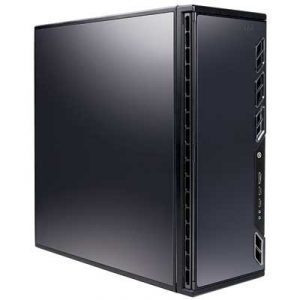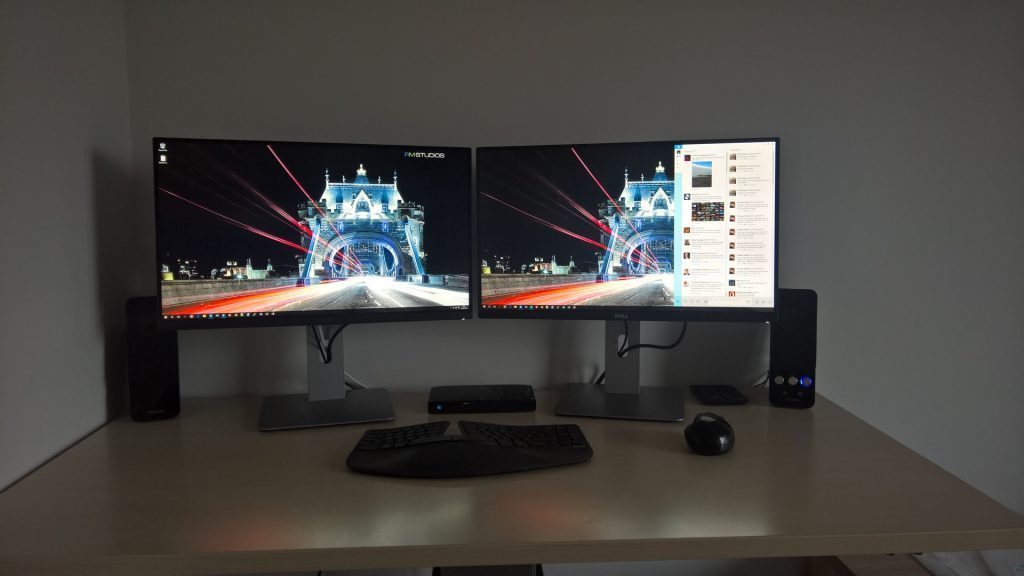The Surface Pro 3. Wow, just wow.
It looks like an amazing device and one which could finally fulfil Microsoft’s aims and goals with its Surface line. That is to provide productive tablets, which truly can replace the need for a laptop. It also looks like the best device on the market which could fulfil my needs.
I am a prolific note taker, I make pages and pages of note (today I covered 3.5 A4 pages with notes just at work!!). Really though in those 3.5 pages of notes there’s only actually 1 page of notes that’s useful, its just that erasing pen is hard which leads to notes being consistently rewritten (as its quicker and tidier) or information that become useless very quickly. What I’ve always wanted is a great device for note taking and digitizing it all, so I can access it in better and more efficient ways (and search for information easier!!). Microsoft has been pushing Digital Ink for years, (2003 with XP Tablet Edition and Windows Mobile could both handle pen input and do some really quite cool things with it), and it seems the hardware has finally caught up with it fully.
It really is amazing and while the reviews are not in yet, I would be surprised if its not as good as it looks and I think it is, The hardware is just amazing in itself. for a 12″ tablet, with Core i7 and 9 hours battery it weights just 800gms (iPad Air = ~450gms, iPad 4 = 652gms) which is insane when you think about it.
Today though I was really disappointed though, I was really waiting for a 8″ Mini Tablet, but I think Mary Jo Foley’s here gives a good and reasonable reason why it hasn’t been announced yet. There are two main reasons why I want the Mini over the Surface Pro 3.
- It will be ARM. This means no badly written x86 applications running in the background sucking out the performance and battery life of the device, when I want that performance for tablet things (hence worsening the experience and annoying me).
- Size, its more portable – it should *just* slip into my jacket pocket, and while I prefer to note take on A4 it would be preferable to take this device with me over a smaller note pad, or over a A4 note pad. Generally my note pads just sit on my desk and don’t go anywhere.
That’s my thoughts now, based on what I currently have, (Dell XPS 13, and Surface RT) and what I think I may need in the future.
So what’s next for Surface?
Well this is where I’m not sure.
There could either be an autumn refresh (Broadwell maybe – but unlikely) with the improved battery and design of the Surface Pro 3, applied to the existing Surface Pro 2 range.
But given the expected arrival of Windows 9 in April next year (February for the preview), and this release of the Surface Pro 3, that they will hold off on the autumn refresh, and do a refresh in the new year. Which I suspect (and hope) will contain a Surface Mini/Surface 3 (Qualcomm 808/810 based), with high resolution displays. Along with a refresh of the existing Surface Pro 2 lines (10″ tablets) and the Surface Pro 3 lines with Broadwell CPU’s (massively improving their battery life), and taking on the thinner and lighter design of the new Surface Pro 3 designs if not improved even more.
I definitely don’t think we will see a refresh of the Surface RT/2, as Microsoft will want the next variant of the ARM tablets to not have a desktop. So unless (like I suggested here) Windows 8.1 Update 2 (is optional) and removes the desktop on ARM and introduces the Office Touch apps as a stepping stone for these users, they will hold off until Windows 9 to announce this and release it (which makes sense).
I do expect all the pen functionality to be spread across the whole line up of devices in the next refresh (so significantly thinner and lighter tablets with better battery with the pen input)
Its because of these reasons, I’m going to hold off on getting the Surface Pro 3, even though I believe it can now replace my laptop and tablet, and introduce features I really want. But I feel its worth waiting for Broadwell CPU’s if I am going to spend £1000+ on a new Tablet / Laptop, I might as well get the best! Also my Surface RT and Dell XPS 13 still do their jobs fine at the moment. Also its missing LTE connectivity
I need to access my needs properly really.
Actually what would be prefect maybe is given how I don’t really need a pocket able Mini tablet, as even my Surface RT doesn’t really go anywhere with me, I don’t think a smaller tablet would make much difference to that. But a 12″ ARM tablet with no desktop (if Core i7 can get 9hours, imagine what an ARM CPU could get!) but then just remote into my PC for any work. This would solve the performance issues surrounding legacy applications, while ensuring a stellar tablet experience.
Windows 9 will be key I think. Maybe they can find away around ensuring that legacy applications cannot destroy the performance of the tablet, just like a Modern App cannot.
Update: Neowin is posting that the Surface Mini was canned at the last minute. I reckon that this was because like the Surface RT and Surface 2 it didn’t support the Pen input and therefore didn’t differentiate from its competitors enough. Which I think is fair enough, they don’t want to annoy OEMs by doing the same things as them, but to instead do something different.









